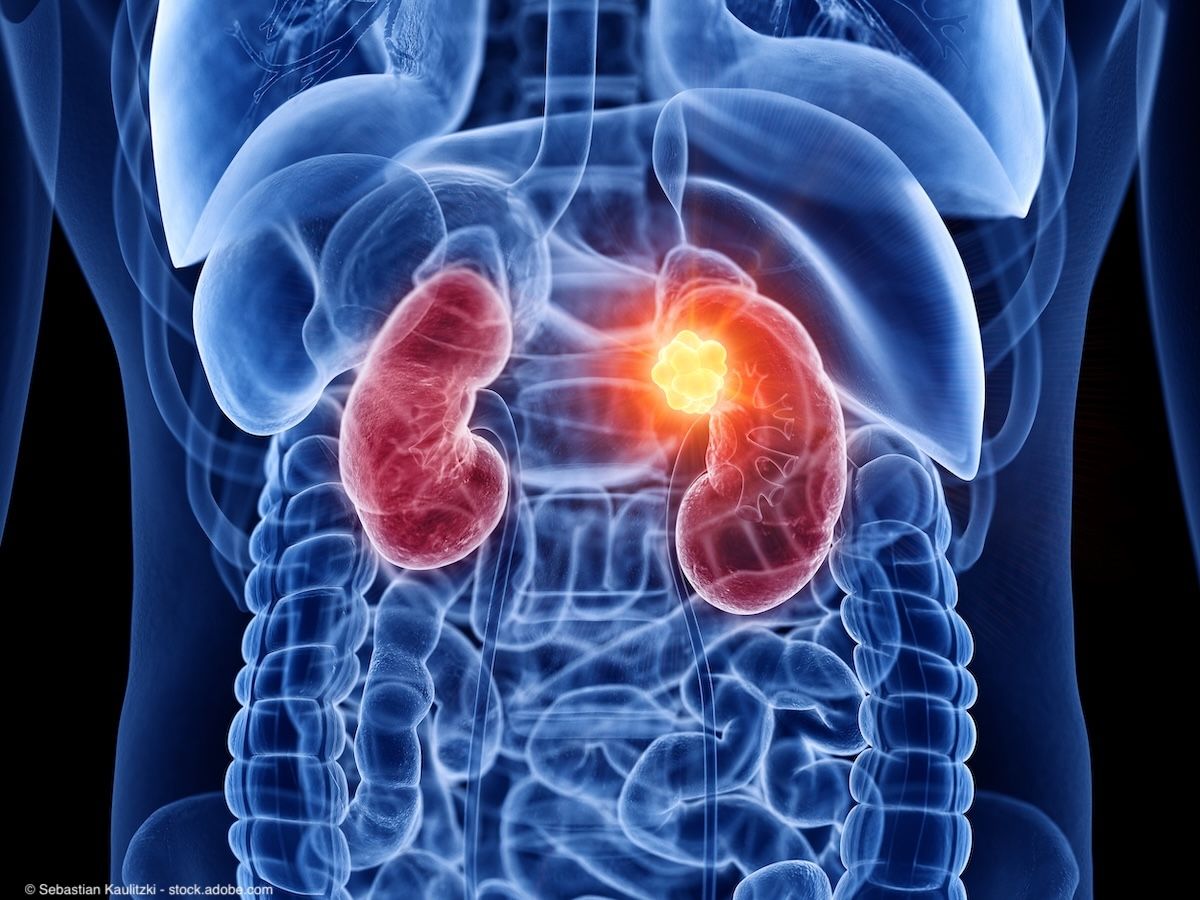News
Article
Urology Times Journal
PSMA levels linked to tumor biology, treatment sensitivity in treatment-naïve prostate cancer
Author(s):
“Our findings suggest that high PSMA tumors may respond better to AR-targeting therapies. Tumors with low PSMA possess markers of cancer stem cells and are associated with resistance to radiotherapy," the authors write.
Prostate-specific membrane antigen (PSMA) expression levels demonstrated associations with cancer biology and treatment sensitivities in patients with treatment-naïve prostate cancer, suggesting a potential for PSMA to be used a biomarker to help tailor treatment in these patients, according to data recently published in European Urology.1
Adam B. Weiner, MD

“Patients in the US with newly diagnosed prostate cancer commonly get PSMA PET scans for staging. However, not all prostate tumors express PSMA,” explained lead author Adam B. Weiner, MD, a urologist at Cedars-Sinai Medical Center, Los Angeles, California, in correspondence with Urology Times®. “These differences in expression likely reflect differences in cancer biology, [and] this has actually been shown in advanced metastatic prostate cancer. This sort of work is really needed in patients with prostate cancer before any treatments.”
For the study, the investigators used PSMA RNA abundance (tumor FOLH1) as a surrogate for PSMA uptake on PET (maximum standard uptake values [SUVmax] on PET). They demonstrated that PSMA RNA abundance was moderately correlated with SUVmax (P = 0.41).
In independent cohorts, data showed that tumors with high PSMA expression tended to have more active androgen receptor signaling. Consistent with this finding, PSMA was higher in primary adenocarcinoma compared with benign tissue, castration-resistant prostate cancer, and neuroendocrine tumors.
The authors wrote, “Together, these findings suggest that high PSMA signals increased AR activity. Therefore, we assessed PSMA in response to AR-targeting therapies.”
They found that treatment with androgen deprivation therapy (ADT) for 22 weeks was associated with lower PSMA expression (P = .016).Further, lower PSMA was associated with intensive treatment with ADT and enzalutamide, an AR antagonist (P < .001).
Data also showed that among patients with biochemical recurrence who had high PSMA tumors, those who received ADT experienced a longer cancer-specific survival (adjusted HR, 0.54, 95% CI, 0.34 to 0.87; n = 174).
The investigators then looked at data from the ECOG-ACRIN 3805 (CHAARTED) trial, in which patients with metastatic castration-sensitive prostate cancer were randomly assigned to receive ADT with or without docetaxel chemotherapy. Data from the trial showed an association between PSMA high tumors and longer overall survival in the ADT alone arm, although the difference did not achieve statistical significance. Only PSMA low tumors were correlated with a benefit from added docetaxel (n = 79; adjusted HR, 0.32; 95% CI: 0.14–0.72).
Findings from the analysis also suggested a correlation between PSMA high tumors and radiotherapy benefit, with patients with high PSMA expression experiencing a longer time to recurrence following primary radiotherapy (AHR, 0.50; 95% CI, 0.28 to 0.90; n = 248). In line with this finding, tumors with low PSMA expression harbored molecular markers of resistance to radiotherapy.
The investigators then assessed data from the SAKK09/10 trial, which included 224 patients. Those with high PSMA expression who received salvage radiotherapy experienced a longer time to progression when treated at the lower dose level of 64-Gy (restricted mean survival time [RMST], +7.60. 95% CI, 0.05 to 15.16). However, this trend was not consistent in those treated at the higher dose level of 70-Gy (RMST, 3.52, 95% CI, -3.30 to 10.33).
Taking all these findings together, the authors wrote, “Our findings suggest that high PSMA tumors may respond better to AR-targeting therapies. Tumors with low PSMA possess markers of cancer stem cells and are associated with resistance to radiotherapy.”
However, they note that more work is needed.
Weiner added, “This study used PSMA RNA levels as a surrogate for PSMA metrics on PET scans. Our group is currently working [on] performing molecular analyses of tumors from patients that underwent PSMA-PET prior to surgery. This will allow us to validate our findings in this first publication and move closer to using PSMA as a biomarker to personal care for patients with prostate cancer.”
Reference
1. Weiner AB, Agrawal R, Wang NK, et al. Molecular hallmarks of prostate-specific membrane antigen in treatment-naïve prostate cancer. Eur Urol. 2024:S0302-2838(24)02597-1. doi:10.1016/j.eururo.2024.09.005

Newsletter
Stay current with the latest urology news and practice-changing insights — sign up now for the essential updates every urologist needs.





























